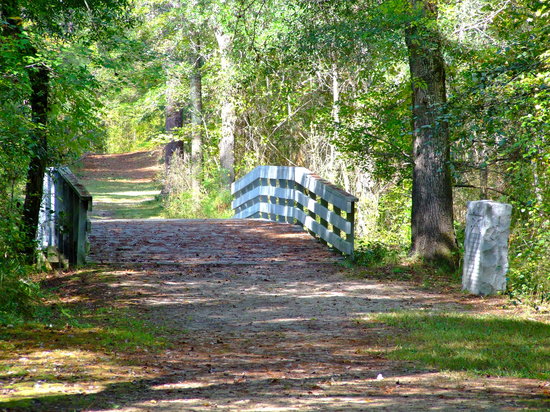This Day in NC History February 27, 1776
- Bill Hand
- Feb 27, 2017
- 3 min read
This Day in History from New Bern Sun Journal:
On Feb. 27, exactly 241 years ago, 1,000 North Carolinian militiamen beat 700 Scottish loyalists at a rinky-dink bridge at Moore's Creek near Wilmington, a "dramatic victory," the Moore's Creek National Battlefield Park website says, that "ended British rule in the colony forever." That’s pretty big words but it’s pretty much true.
It was winter of 1776 and British Col. Donald McLeod was marching 1,600 loyalist soldiers from little Cross Creek (now Fayetteville) to the coast where, he figured, he would meet up with some more Loyalists and even a regiment of professional British soldiers or two, whip the Patriots, and hand North Carolina to King George III on a platter.
But the Patriot leader James Moore had other plans and placed himself, a large force of militia, and a smattering of cannon between MacLeod and Wilmington, digging in along Rockfish Creek near present-day Fayetteville.
MacDonald learned of his presence and, annoyed, sent him a letter written by Royal Gov. Josiah Martin ordering those American boys to lay down their arms. Moore replied that he represented the American Congress, which trumped Martin, and suggested MacDonald and his boys lay down theirs.
MacDonald gave this some thought and, seeing Moore well dug-in, figured his best move would be to simply go to Wilmington by a new direction. He sailed his men across the Cape Fear River at Cross Creek, then burned all the boats to make sure Moore would remain well behind him. His Scots then marched to the confluence of the Black River and Moore’s Creek.
But then he came upon a place called Corbett’s Ferry, and he found the way blocked by a new group of stubborn Patriots. These guys were under the future governor Richard Caswell, and much of the force was made up of men from New Bern.
He figured this was a smaller force, apparently, and gave thought to taking them on in a fight. But a local slave suggested he move on once more — about 10 miles down the road, he said, there was this nifty little Moore’s Creek Bridge, and they could make an easy cross there. So MacDonald took 750 of his men and marched for the bridge, leaving a few behind to make a demonstration against Caswell to trick him into thinking he was facing an attack.
Caswell was not fooled: He and his men made a mad dash and beat MacDonald to the bridge where they set up entrenchments with the bridge behind them. MacDonald looked the weak defensive line over, talked to his men that night, and decided they could take Caswell’s force in the morning.
But during the night, Caswell shifted his line to the far side of the bridge, setting up two well-hidden cannon. To make life tricky for MacDonald, they removed most of the planks from the bridge and greased the rails down.
MacDonald unfortunately started his attack in the early morning, before it was quite light. After an opening exchange of fire, the loyalist Col. MacLeod and Capt. John Campbell led a charge of swordsmen across the bridge.
It didn’t go so well: When they were but 30 paces from the Patriot earthworks, the Patriots opened fire. MacLeod and Campbell were among the dead — MacLeod himself was struck by as many as 20 musket balls.
It was a classic rout. The loyalists fled, and the Patriots quickly slapped the planks back onto the bridge so they could give chase. Over the next few days, they caught 850 loyalists, sending the leaders as prisoners to Philadelphia. Some $15,000 in Spanish coin was captured as well, along with 1,500 muskets and 300 rifles.
The arrests in the aftermath left the state so bereft of Loyalist leaders that all anti-English power in the state collapsed. A month and a half later, the Halifax Resolves was written, making North Carolina the first colony to order its delegates to vote for independence.
Contact Bill Hand at bill.hand@newbernsj.com, 252-635-5677, and follow him @BillHandNBSJ.


























































Comments